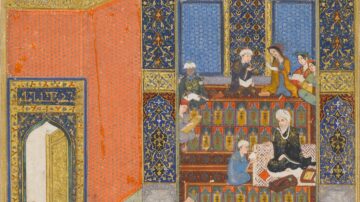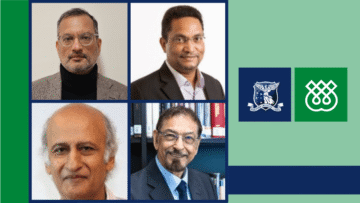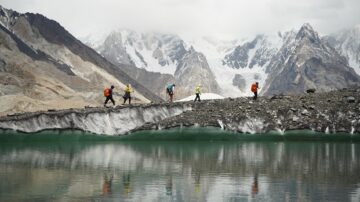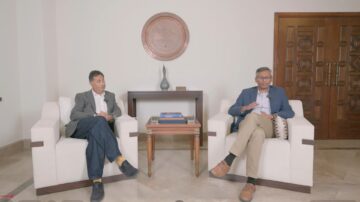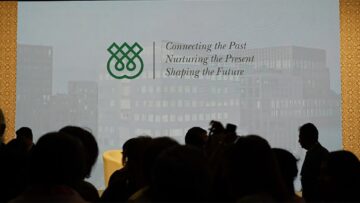Questions addressed in the interview:
1. How accurate are the traditional Western accounts of the stereotypical Muslim city?
2. What do Cordoba, Isfahan and Marrakesh have that is significant about the urban experience of Muslim societies?
3. Do you see the Umma as an early form of civil society shaped by, and presumably a shaper of the Muslim city?
4. Have Muslim women mattered in the life of the city or have they remained confined to the private sphere?
5. How much has the pre-modern experience of these cities shaped the modern experience of Muslims?
Abstract:
This talk investigates how different cities shaped the environment in which Muslims lived and responded to their religious and social needs. It argues that contrary to the Orientalist stereotype of an irrational, incomprehensible and aesthetically displeasing Islamic city, urban life could display coherent, well-thought-out and often pleasing surroundings for the umma, which varied with time and location.
A discussion of the debate about an ‘Islamic city’ as a unit of analysis, and the preconceptions which underlie it, will frame this talk. This is followed by an exploration of three cities from different time periods. The first is Cordoba, now in Spain, once a Roman city, then the capital of the Umayyads of al-Andalus from 757-1031 CE; next Marrakesh in Morocco, capital of successive dynasties from its foundation in c. 1081 CE; and finally Isfahan, a pre-Islamic Iranian city taken over by Muslims and remodelled by the Safavid Shah ‘Abbas in the late sixteenth to early seventeenth century CE.
The varying histories and chronologies of these cities demonstrate how Islam in various forms shaped the urban environment and the changes that occurred in time and space. While Cordoba, Marrakesh and Isfahan were all to an extent shaped by the will of their rulers, UmayyadsFirst major ruling Muslim dynasty that was based in Damascus (661-750)., Almohads and Safavids respectively, each regime designed their cities with the umma in mind. Hence, the distinct social, ethnic and religious profile of each Muslim community was mapped onto the space it inhabited.
Cordoba ceased to be a Muslim city in 1236 CE, but its Islamic era has gained fresh life with the development of cultural tourism in Spain. Marrakesh and Isfahan have remained Muslim cities and have developed extensive modern suburbs; but they also stand as icons of a time when there was greater congruity between faith and space, when cities within the Islamic world surprised, awed or delighted visitors from other parts of the world, most notably Europe but also Africa and Asia.

